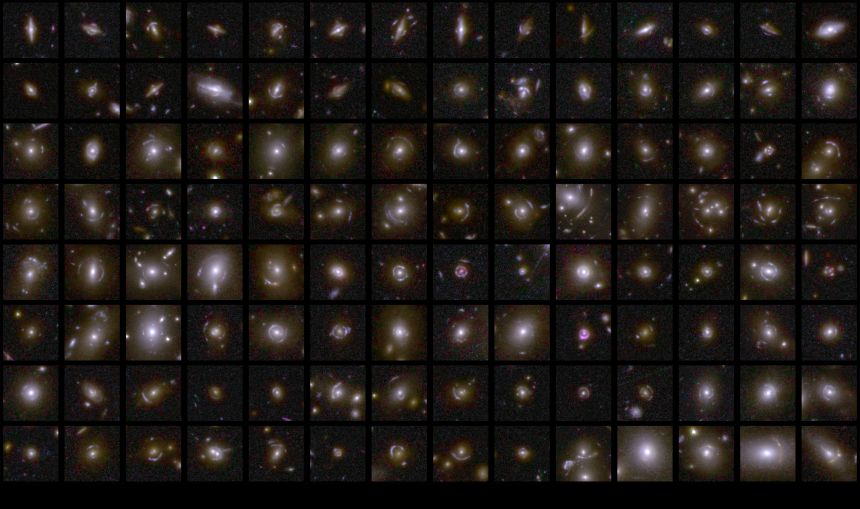New data from a satellite one million miles from Earth has helped UK scientists shed light on how mysterious forces shaped the evolution of the Universe. Oxford University researchers have been at the forefront of studies working with thousands of members of the public to sift through the immense quantities of data.
The release of the first survey data from the European Space Agency’s pioneering Euclid satellite has led to a flurry of scientific advances furthering our understanding of the cosmos.
Launched in July 2023, Euclid is mapping the Universe by examining more than one billion galaxies over six years, this space telescope aims to explore two of astronomy’s biggest mysteries: dark matter and dark energy.
Despite covering less than 0.5 per cent of the complete study area, the data is already proving enlightening for UK scientists. Members of the public have been invaluable partners by inspecting and classifying hundreds of thousands of Euclid galaxies. These projects utilised Zooniverse, the world’s largest platform for people-powered research, founded by Professor Chris Lintott at Oxford University.
Professor Chris Lintott says: “Even when we have incredibly capable machine learning, we need the help of volunteers to train and calibrate our model and to help us identify further improvements. I am also looking forward to working with our distributed crowd of collaborators to find the weirdest galaxies in the dataset.”
Through the “Space Warps” project, members of the public helped an international team, including researchers at Oxford, Portsmouth and Newcastle, to search for the incredibly rare phenomenon of strong gravitational lensing in the new Euclid data.
This occurs when very massive objects in the Universe, such as galaxies and clusters of galaxies, distort space-time so much that they warp the light from objects behind them into rings or arcs.
The amount of distortion tells us how much mass is present, whether visible or otherwise. Strong lenses are therefore powerful indicators of the amount of dark matter in galaxies.
Oxford University DPhil student Philip Holloway, and lead of one of the Euclid Strong Lensing studies, said: “We were amazed to find 500 strong lens systems in this early data - several times more than we would have found in similarly sized surveys taken with telescopes on the ground. We could not have achieved this without the involvement of over a thousand volunteers searching for strong lenses - they were truly inspiring.”
Dr Aprajita Verma (Department of Physics, University of Oxford), co-lead of Space Warps added: “These early data have shown us how to efficiently find these needles-in-haystacks through a partnership of machine learning and visual inspection’ Excitingly, the full Euclid data will reveal over a hundred thousand strong lenses with which we can study the Universe in many different ways including ‘weighing galaxies’ and learning about how they evolve, obtaining super-resolved views of the distant galaxies and the expansion of the Universe.”
In the “Galaxy Zoo” project, meanwhile, volunteers sorted through 100,000 galaxies, classifying them according to their shapes to create the largest galaxy morphology catalogue ever made. These classifications were then used to train an advanced machine learning model capable of classifying the entire sample.
This is only the start for both projects and the teams are looking forward to continuing to work with the volunteers who have a fundamental role to play in understanding the huge inventory of billions of galaxies revealed by Euclid.
Professor Lance Miller (Department of Physics, University of Oxford), who has worked on Euclid since the mission was selected for implementation in 2011, said: ‘It is really wonderful to see these early results from this initial tranche of Euclid data. These data beautifully showcase what Euclid’s incredible resolution can achieve over a wide range of science areas.’
A much larger data release is scheduled for October 2026 which will include results about the nature of dark energy.
The pre-prints of all scientific papers related to Euclid’s first batch of survey data can be found on the publications section of the Euclid Consortium’s website.
Zooniverse is run through a multi-institutional partnership including Oxford, the Adler Planetarium (Chicago, IL, US) and the University of Minnesota (US) among others.
Image provided by the University of Oxford
